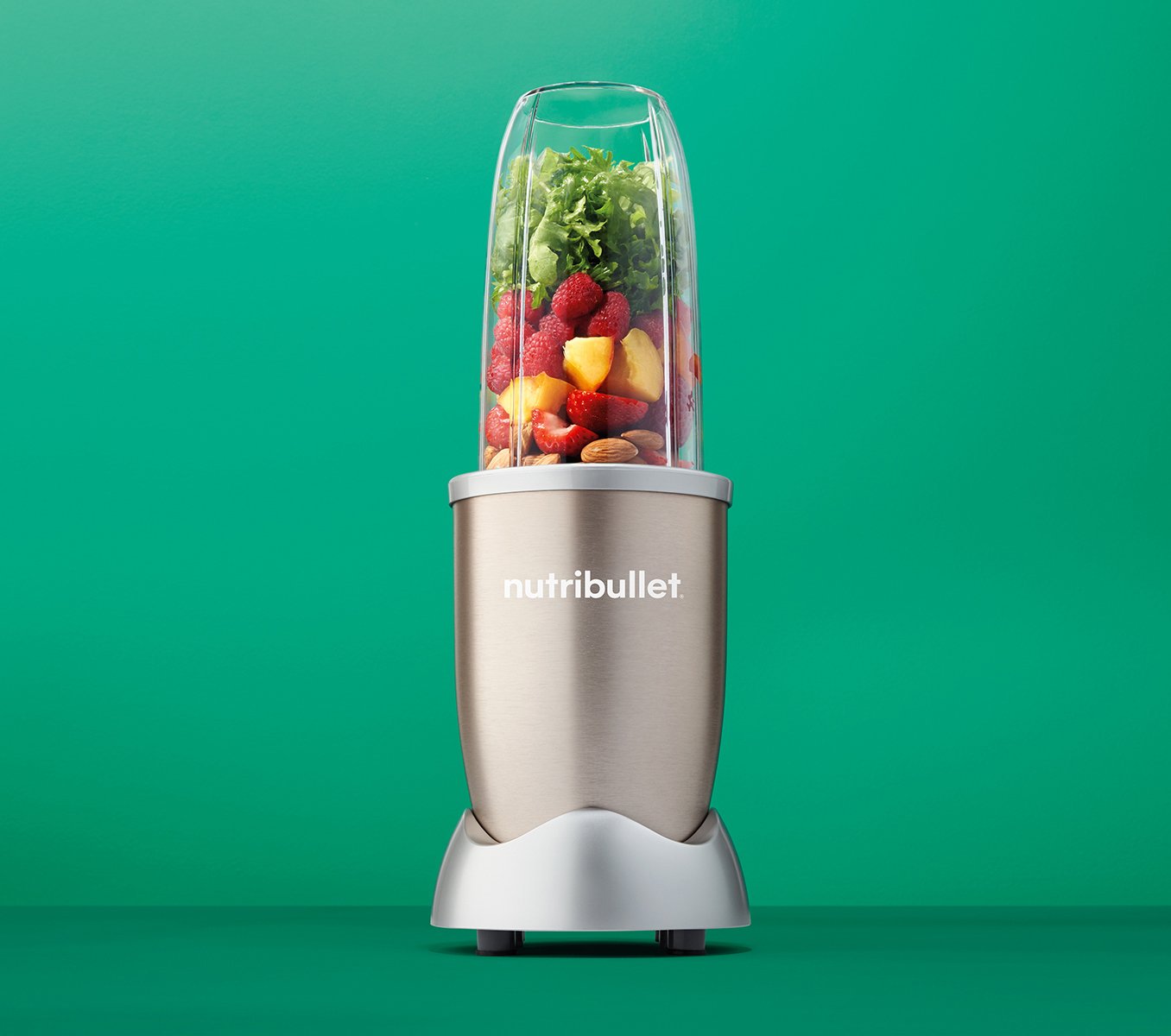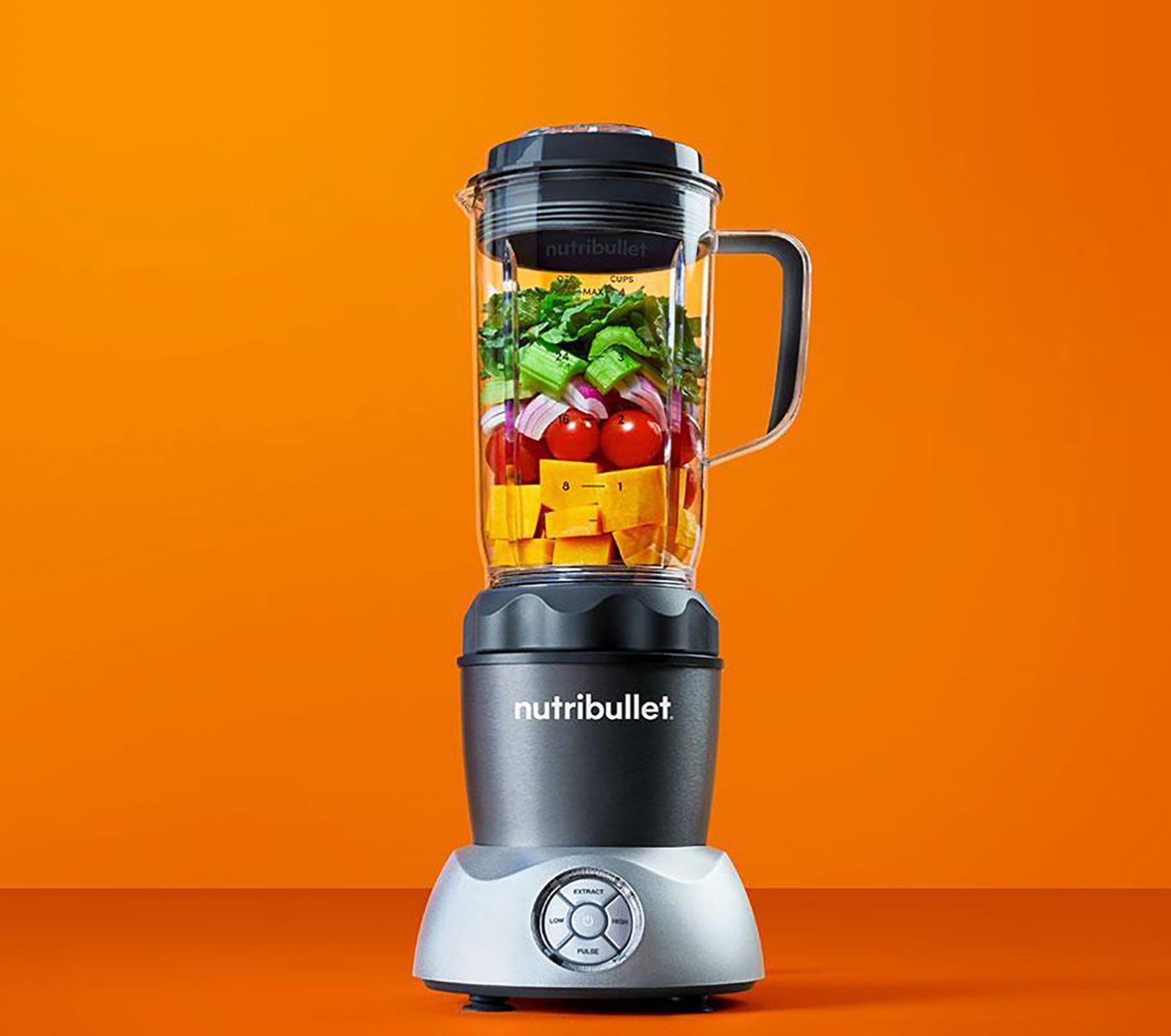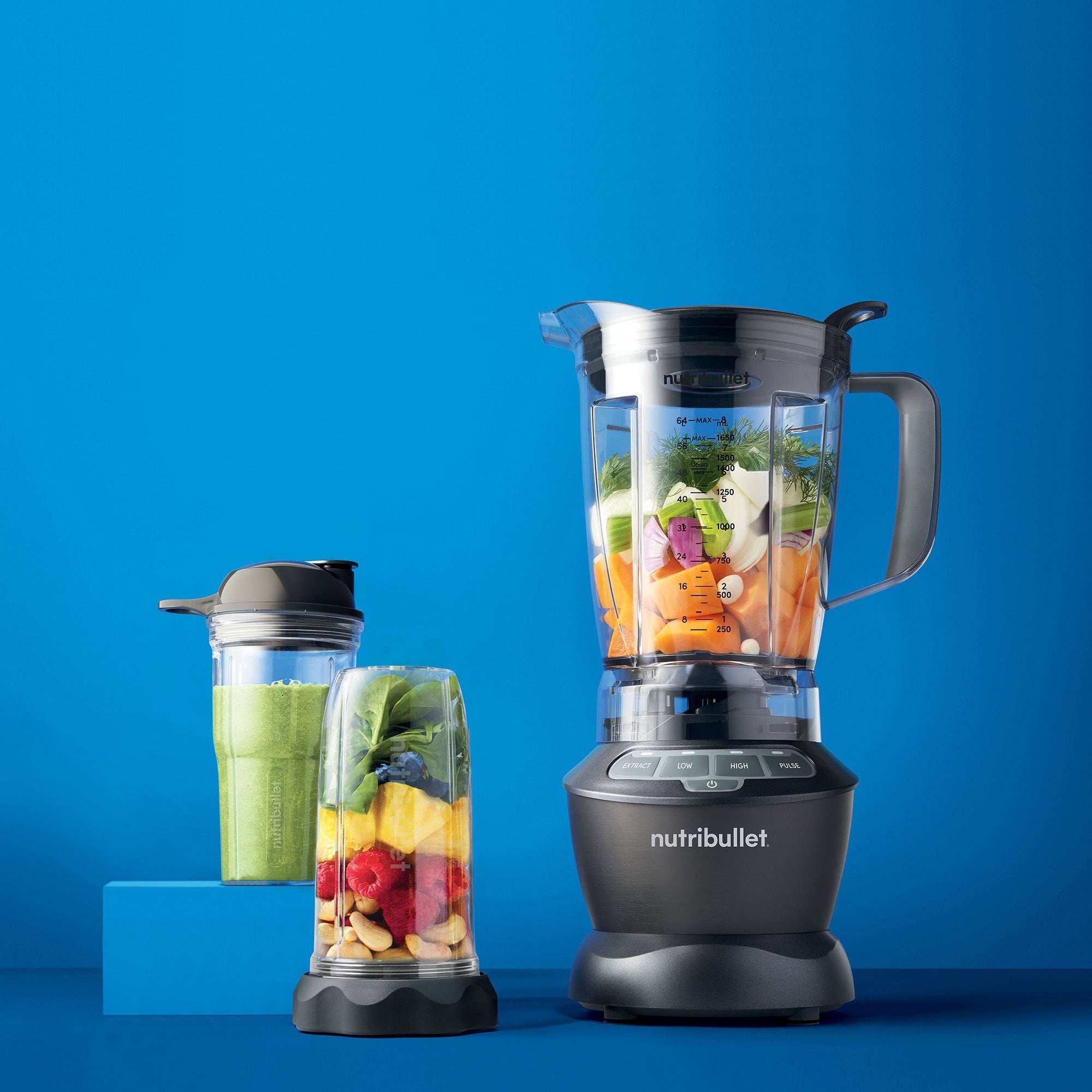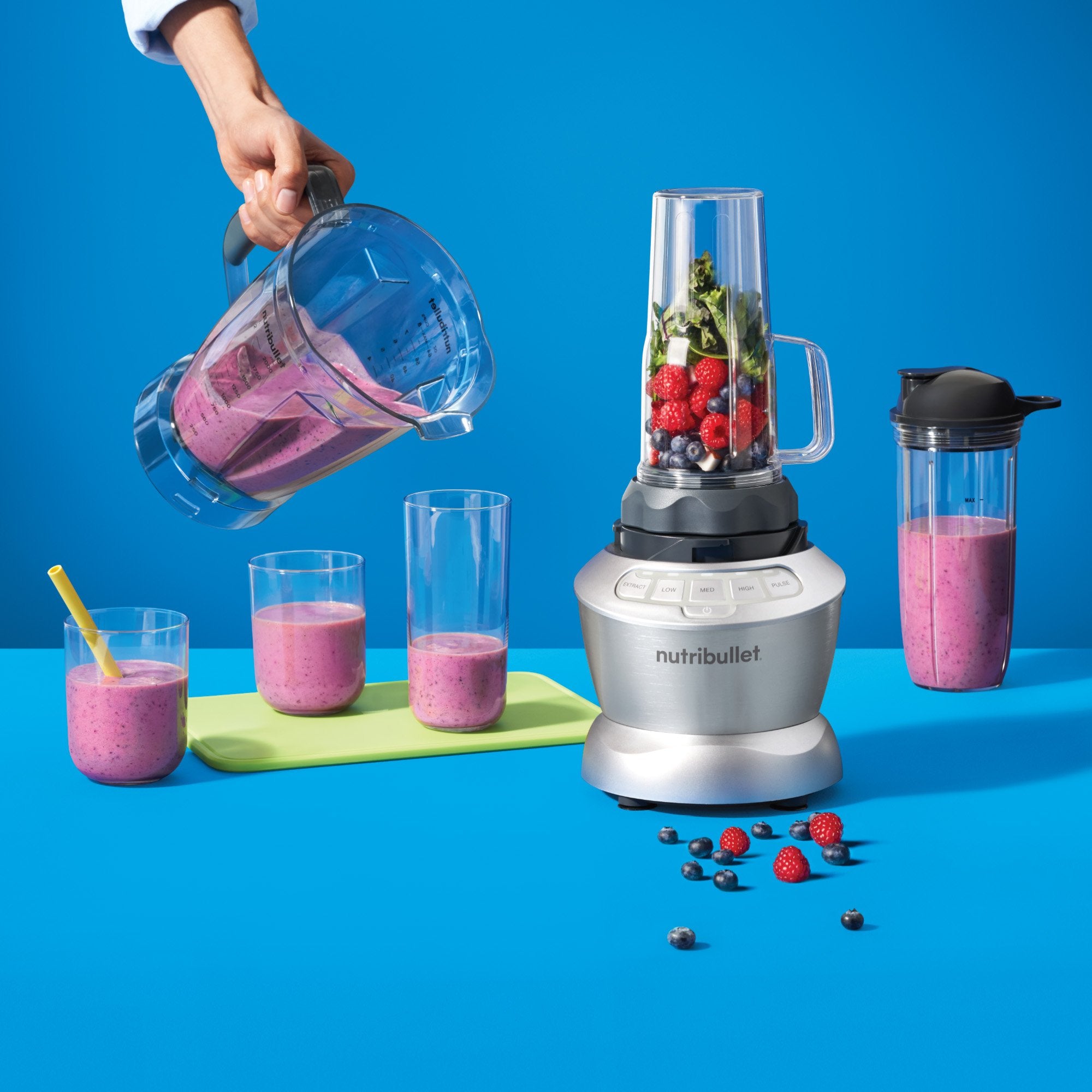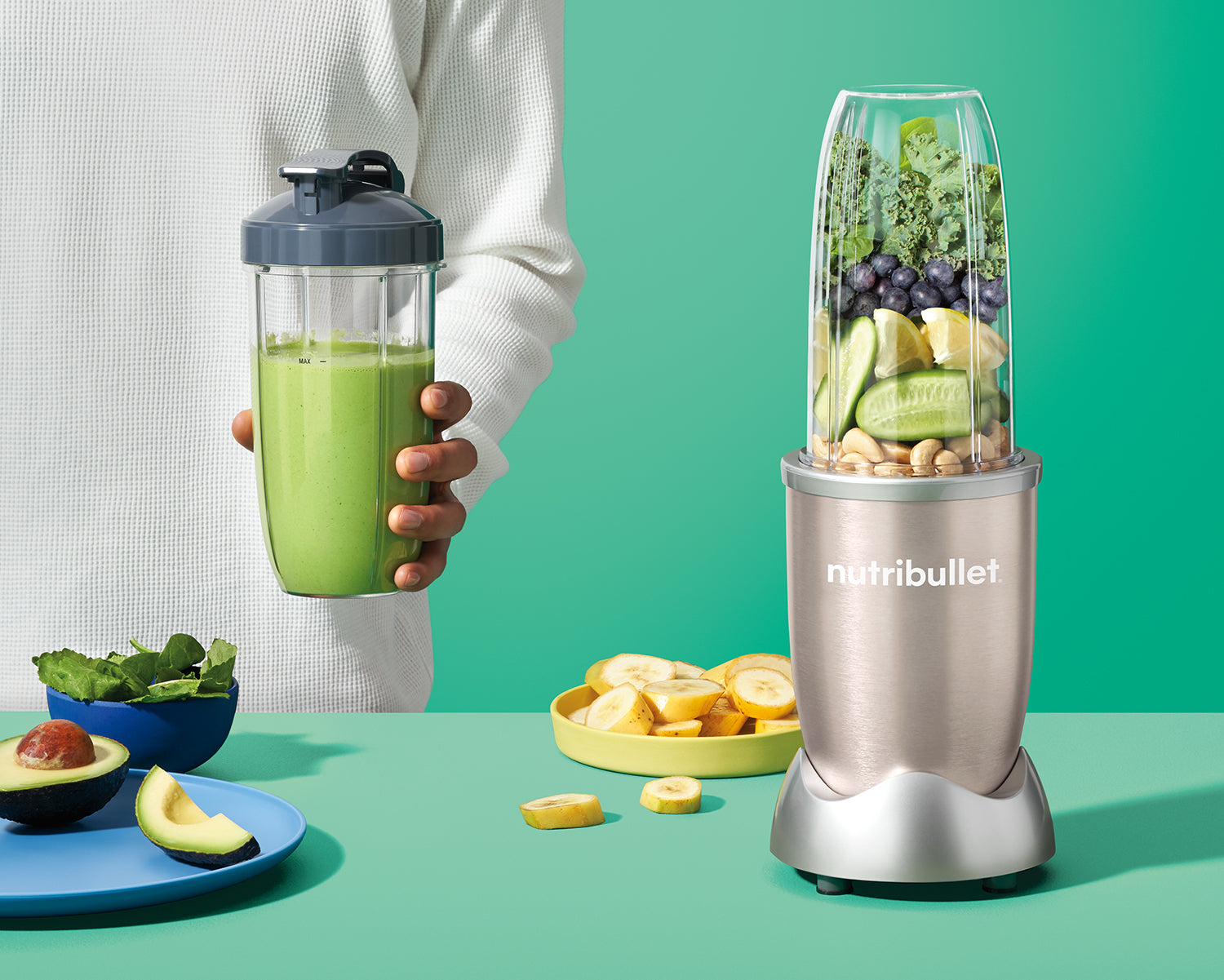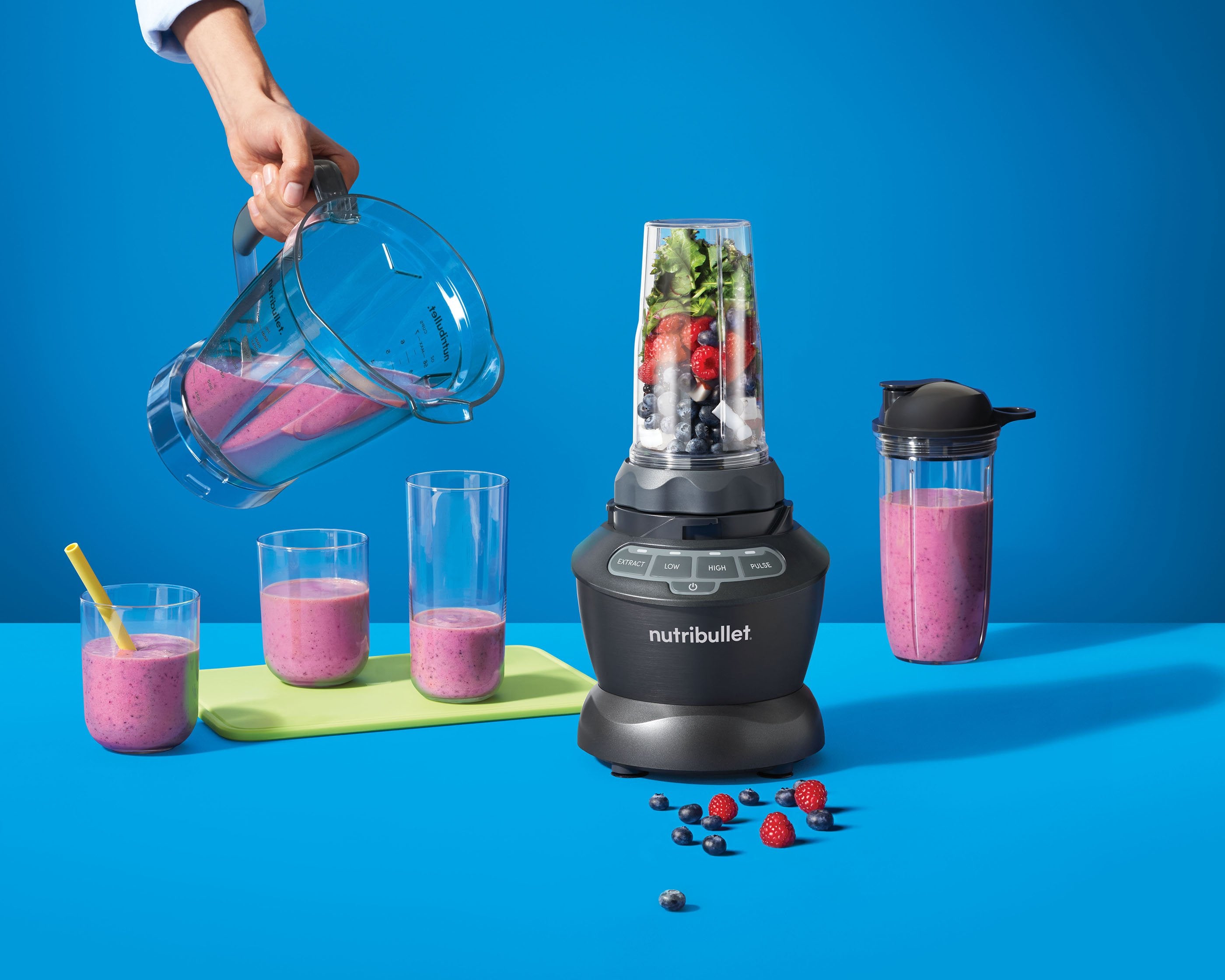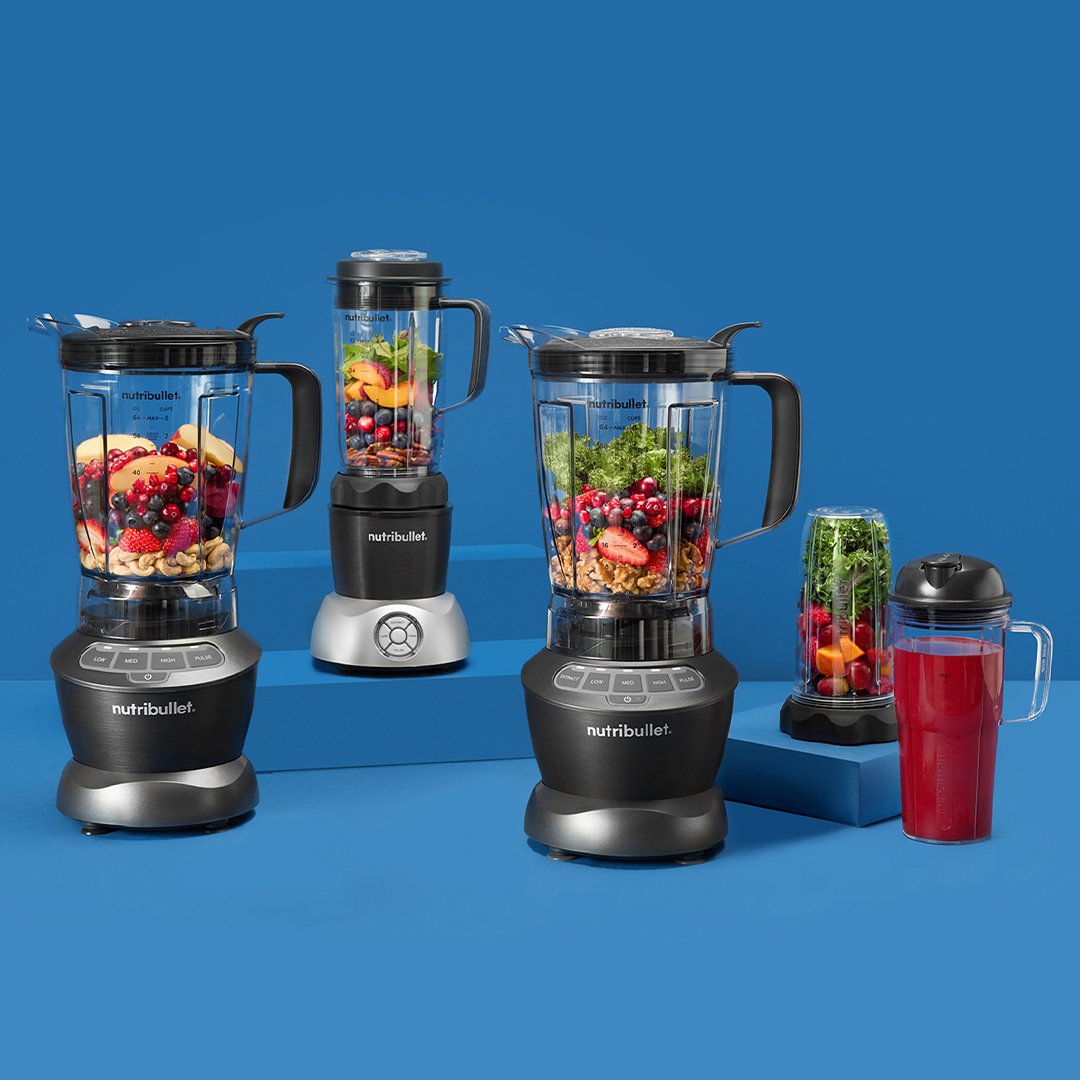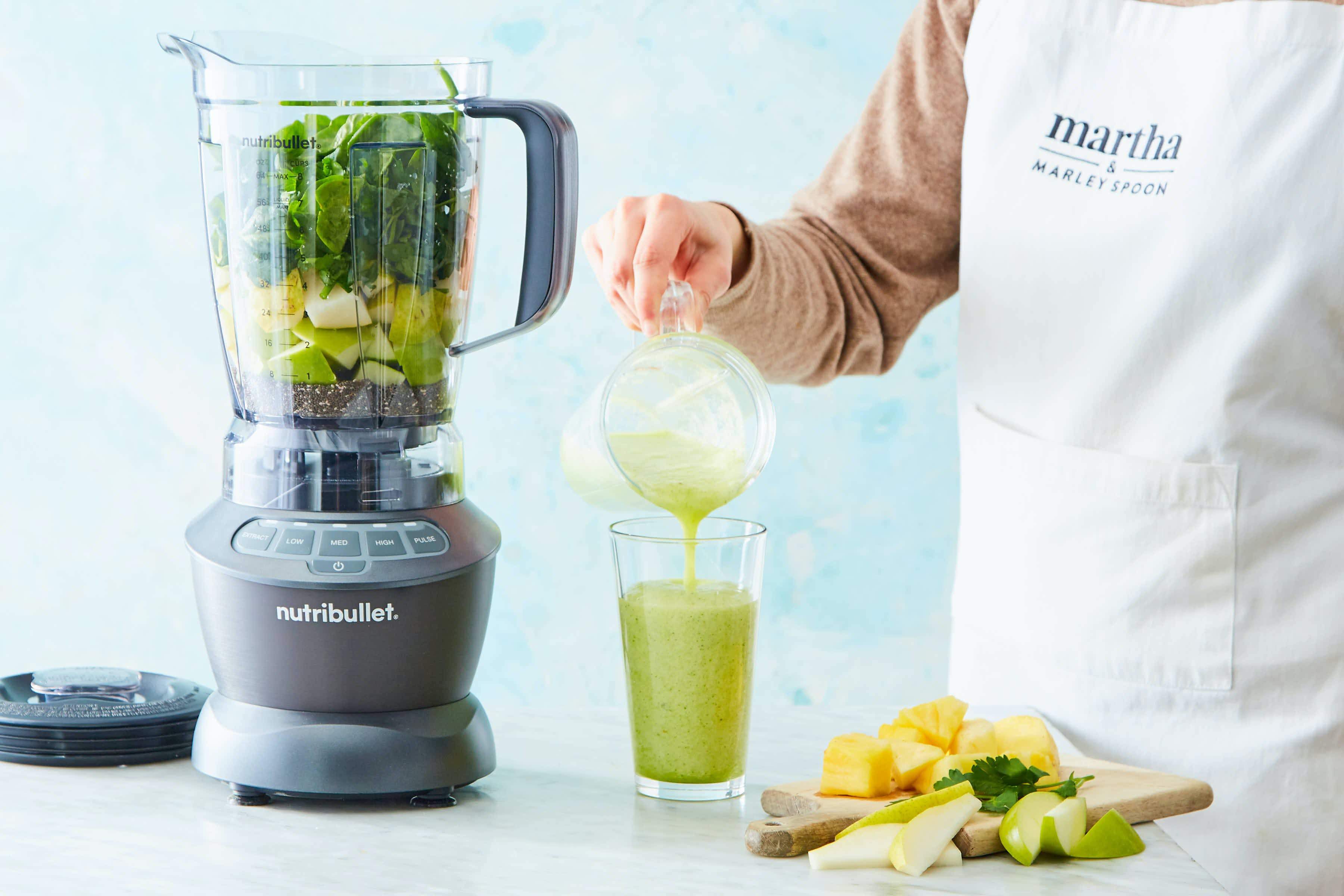We were all trained that vegetable oils were good and butter was bad. We were told, even by government and medical associations, to use more vegetable, seed and bean oils (like soybean, corn, safflower, canola). Chances are, you've been convinced by the government and food industries that vegetable oils are safe to use as a heart-healthy alternative over traditional saturated fats.
We were told that traditional fats like butter, lard and coconut oil caused high cholesterol and clogged arteries, leading to heart disease. Experts advised us to avoid saturated fat and eat more polyunsaturated fatty acids (PUFAs), especially omega 6 fats.
These are the so-called “vegetable” oils many of us grew up on. Found at your typical grocery store, these clear, tasteless, highly refined and processed oils include corn, soybean, canola, safflower and sunflower oils.
These highly unstable, highly inflammatory oils were given a gigantic push by advisory groups we trusted, even our government’s own dietary guidelines. Many well-respected scientists and our doctors told us to stop using saturated fats and use the polyunsaturated fats instead.
Turns out they were completely wrong.
Why Vegetable Oils Should Not Be Part of Your Diet
In a 2010 review at Tufts University, Dr. Dariush Mozaffarian concluded there is a clear benefit from cutting out saturated fats and increasing our intake of PUFAs. However in 2014, the very same scientist reviewed all of the literature again. This meta-analysis, which reviewed 72 studies, found no benefit to reducing saturated fats or increasing PUFAs, except for omega 3 fats.
Is it any wonder we are so confused? If the experts can’t even agree and they change their perspective every few years, what are the rest of us to do?
Let me cut through this confusion. The very idea that vegetable oils are better than saturated fats (like butter and lard) comes from the belief that they lower total and LDL cholesterol, so they presumably reduce our overall risk of heart disease.
Following this type of advice means swapping out butter, meat and lard for vegetable oils including corn, soybean, sunflower, canola and safflower oils, which are all omega 6-rich, inflammatory polyunsaturated fats.
Yet if we look at human history, we consumed much more omega 3 fats and much less omega 6 fats than we currently do, since wild foods are very rich in omega 3 fats. The main source of omega 3’s today is fish, yet wild game and wild plants, which are very high in omega 3s, used to be a much bigger part of our diet.
Grass-fed cattle significantly increases the omega 3 content of the meat, producing a more favorable omega 6 to omega 3 ratio than grain-fed beef. Virtually all of the beef and animal products your great grandparents ate were pasture-raised, organic, grass-fed and contained no hormones or antibiotics. There was simply no other kind of meat to eat.
Introducing refined oils into our diet and moving away from grass-fed and wild animals increased our omega 6 fat intake. Corn, soy, cottonseed and canola oils skyrocketed, while omega 3 fats have dramatically declined. In that surge, many Americans sadly became deficient in these essential omega 3 fats.
Omega 6 fats not only fuel your body’s inflammatory pathways, but also reduce availability of anti-inflammatory omega 3 fats in your tissues, resulting in more inflammation.
In other words, omega 6 fats undo any benefit eating omega 3s would normally give you. They also reduce conversion of plant-based omega 3 fats (called alpha-linolenic acid or ALA) into the active forms of omega 3s called EPA and DHA by about 40 percent.
Consuming too many omega 6 fats also increases the likelihood of inflammatory diseases and links to mental illness, suicide, and homicide. In fact, studies have shown a connection between mood disorders and inflammation in the brain.
Dr. Joseph Hibbeln from the National Institutes of Health has researched the impact of omega 6 and omega 3 fats on our health and recommends focusing on the ratio of essential fatty acids. He explains that over-consuming omega 6 fats and under-consuming omega 3 fats may increase risk of:
- Heart disease
- Type 2 diabetes
- Obesity
- Metabolic syndrome or pre-diabetes
- Irritable bowel syndrome
- Inflammatory bowel syndrome
- Macular degeneration (eye damage and blindness)
- Rheumatoid arthritis
- Asthma
- Cancer
- Psychiatric disorders
- Autoimmune disease
As you can see, a diet high in omega 6 fats is not ideal for optimal health. We can’t blame ourselves for this catastrophe. Most of us were taught to use these refined oils at a young age. Unfortunately, this has resulted in the worst epidemic of chronic disease in history, with global explosions of heart disease, type 2 diabetes and obesity (or what I call diabesity), and cancer.
Bottom line: We’ve got to move away from these inflammatory fats.
What Fats and Oils Should You Eat?
What types of oils and fats should we choose that protect our heart and brain and reduce inflammation? I prefer traditional fats, such as:
- Extra-virgin, cold-pressed, organic coconut oil – my personal favorite because it is excellent cell fuel, is highly anti-inflammatory and may help with improving your cholesterol panel
- Extra-virgin, cold-pressed, organic olive oil
- Avocados
- Grass-fed meats
- Grass-fed butter
- Nuts—walnuts, almonds, pecans, macadamia; not peanuts
- Fatty fish—sardines, mackerel, herring and wild salmon—that are rich in omega 3 fats
Has your perception of fat changed since learning about which fats are healthy and which fats you should avoid? Let us know by sharing your story in the comments below.
Nutritional information
Recipe: Creamy Green Strawberry Dream Serving in this recipe:1
- Calories: 236.6
- Total Fat: 3.6 g 5.5%
- Saturated Fat: 0.4 g 1.9%
- Cholesterol: 0 mg 0%
- Sodium: 358.7 mg 14.9%
- Total Carbs: 45.7 g 15.2%
- Dietary Fiber: 9.9 g 39.4%
- Sugar: 22.1 g
- Protein: 8.1 g 16.2%
- Vitamin A: 481.9% Vitamin C: 244.1%
- Calcium: 68.5% Iron: 26.1%
* Percent Daily Values are based on a 2,000 calorie diet. Your daily values may be higher or lower depending on your calorie needs.

